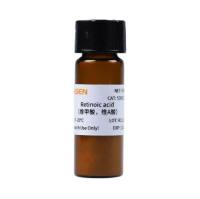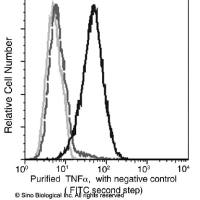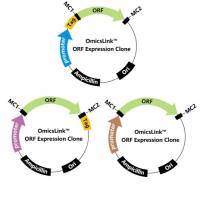Whole-Mount In Situ Hybridization of Mouse Embryos Exposed to Teratogenic Levels of Retinoic Acid
In situ hybridization (ISH) allows the localization and relative quantification of mRNA expression for a given gene. Typically, tissue is fixed, permeablized, and then incubated with a labeled riboprobe. Once excess probe has been removed, the hybridized riboprobe that remains is detected by means appropriate to the label. Variations of the technique have been extensively used to analyze the expression patterns of many genes in the tissues of a wide variety of organisms. Radiolabeled probes are commonly used, but necessitate the use of sectioned tissue since the signal must be detected by autoradiography. Whereas this allows precise localization of signal in two dimensions, the reconstruction of three-dimensional expression patterns in complex structures is often difficult. In addition, it is very difficult to compare changes in expression patterns between samples owing to differences in the orientation of each sectioned tissue sample, as well as variations in tissue-section thickness and photoemulsion depth.
![预览]()


![DKFZ-PSMA-11,4,6,12,19-Tetraazadocosane-1,3,7-tricarboxylic acid, 22-[3-[[[2-[[[5-(2-carboxyethyl)-2-hydroxyphenyl]methyl](carboxymethyl)amin](https://img1.dxycdn.com/p/s14/2025/1009/171/0405943971658126791.jpg!wh200)



